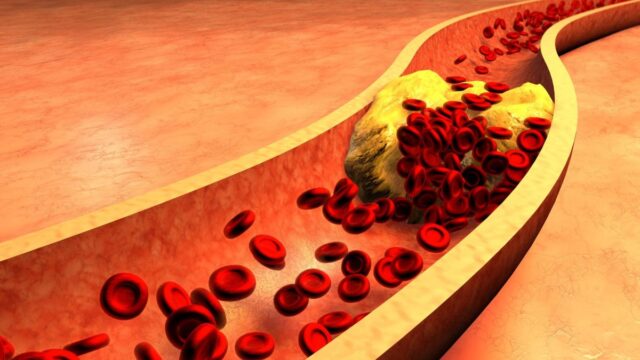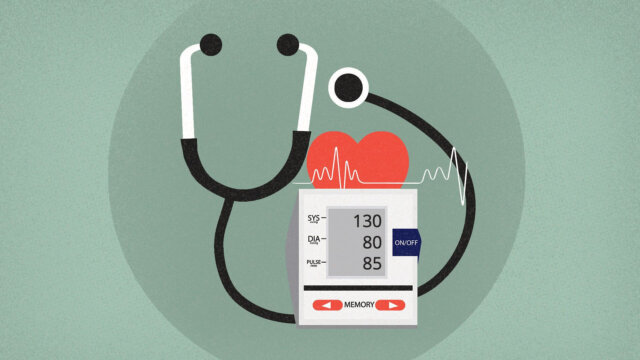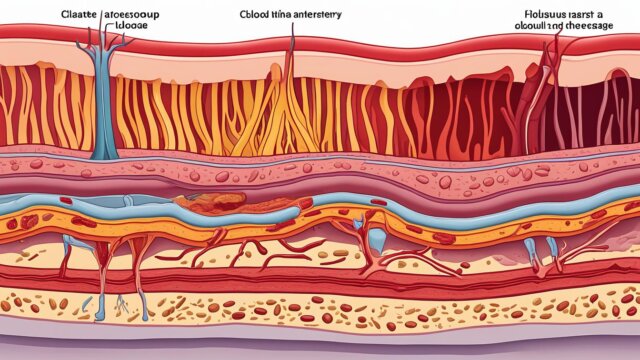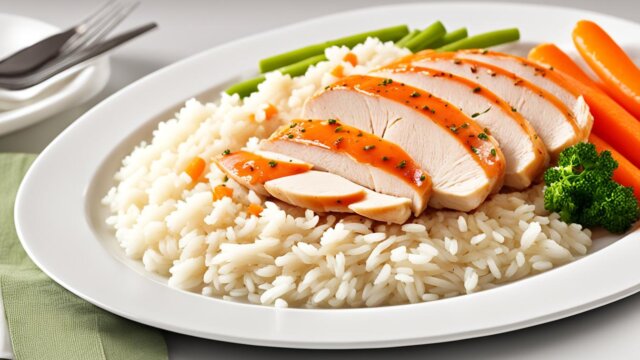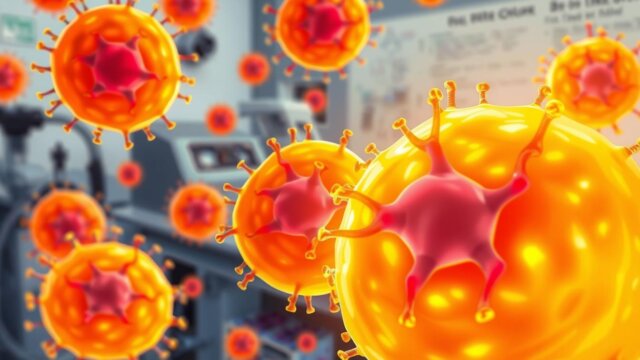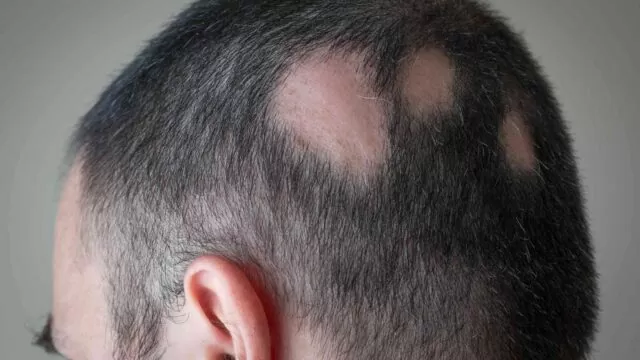FTC disclaimer: This post may contains affiliate links and we will be compensated if you click on a link and make a purchase.
Kids aged 1 to 2 should aim for 19 grams of fiber daily. For those 2 to 3, the goal is 14 grams each day. While there’s no official fiber guide for under 1’s, offering fibrous foods is still wise. These foods, rich in fiber, also pack many essential vitamins and minerals. Starting early with fiber can set your baby up for a healthy future.
Key Takeaways
- Fiber is essential for an infant’s digestive health and development
- Dietary fiber recommendations vary by age, with toddlers needing 19 grams per day
- Fiber-rich foods like lentils, quinoa, carrots, and berries can be introduced to babies
- Incorporating a variety of high-fiber foods can boost nutrient intake and prevent constipation
- Preparing fiber-rich purees and meals can help babies get the fiber they need
Introduction to Fiber and Its Importance for Infants
Fiber is key for a good diet, even for babies. It helps fight obesity and keeps the gut healthy. Both the Institute of Medicine and the European Food Safety Authority recommend enough fiber for all ages for good health.
Benefits of Fiber for Baby’s Digestive Health
Fiber keeps baby tummies healthy and stops constipation. Infants can have prune juice or pureed prunes for this. Pears are easy on the stomach and help soften stool. They have lots of fiber for easy pooping. Also, let your baby try strawberries, raspberries, and blueberries to get more fiber.
Recommended Fiber Intake for Different Age Groups
Babies and young children need different amounts of fiber as they grow. From 6-12 months, they should have 2-3 grams a day, says the AAP. For kids 1 to 3 years old, they need much more. This includes 19 grams a day for 1-year-olds and 14 grams for 2 to 3-year-olds. Too much fiber can cause stomach issues if not careful.
Make sure your baby eats a variety of fiber-rich foods. These include lentils, chickpeas, and colorful fruits and vegetables. Doing so helps their stomachs and their overall health. Fiber also helps good bacteria in the gut grow and keeps blood sugar stable.
Understanding the Types of Dietary Fiber
Dietary fiber is key to a good diet, especially for little ones. It’s important to know the kinds of fiber and where they come from. This knowledge helps your baby digest food well. Soluble and insoluble fiber are the two main types, and each is good for health in its way.
Soluble Fiber Sources
Soluble fiber mixes with water and turns into a gel. It slows down how nutrients are absorbed. This makes you feel full and keeps your blood sugar steady. Examples of good soluble fiber sources for babies are oats, beans, lentils, peas, strawberries, and peas.
Insoluble Fiber Sources
Insoluble fiber does not dissolve in water. It adds bulk to the stool, helping with regular bowel movements and avoiding constipation. Whole grains like brown rice and whole wheat, along with fruits and veggies such as apple skins, corn, and carrots, are great sources for babies.
Kids need different amounts of fiber depending on their age and if they are a boy or a girl. For example, children from 1 to 3 years old need about 19 grams of fiber daily. Kids from 4 to 8 should get around 25 grams each day. Boys 9 to 13 years old need 31 grams of fiber a day, while girls the same age need 26. Fourteen to nineteen-year-old boys should aim for 38 grams daily, but girls in the same age group only need 26 grams of fiber.
It’s important to add fiber foods slowly to your baby’s meals. This helps avoid tummy troubles like gas or bloating. A fiber-rich meal could include 1/2 cup of beans for 6 grams of fiber, 1/2 cup of cooked veg for 3-4 grams, and 1/2 cup of fruits for another 3 grams.
Learning about different dietary fibers and their sources is important. It keeps your baby’s tummy healthy and their body strong. Ask a nutritionist for advice on how much fiber your child should get.
Tips for Increasing Fiber in Your Baby’s Diet
Ensuring your baby gets enough fiber is key for their tummy health and feeling good overall. Luckily, it’s easy to make their food and snacks richer in fiber.
Try picking breakfast cereals with at least 5 grams of fiber, like Raisin Bran or Fiber One. You can also add wheat germ or bran to their cereal. And try adding beans, like garbanzo or black beans, to their meals for more fiber.
When you bake, use whole wheat flour instead of white. This will boost fiber in breads, muffins, and more. Also, choose fruits and veggies with the skin on, such as apples and potatoes, as they are full of fiber.
Go for brown rice over white, and pick bread with whole wheat flour listed first. Adding dried fruits to baked goods is another way to increase the fiber.
For snacks that are full of fiber, go for popcorn, raw veggies with dip, and whole-grain crackers. High-fiber cereals are also a good choice. Just remember, to introduce new high-fiber foods slowly to prevent stomach problems.
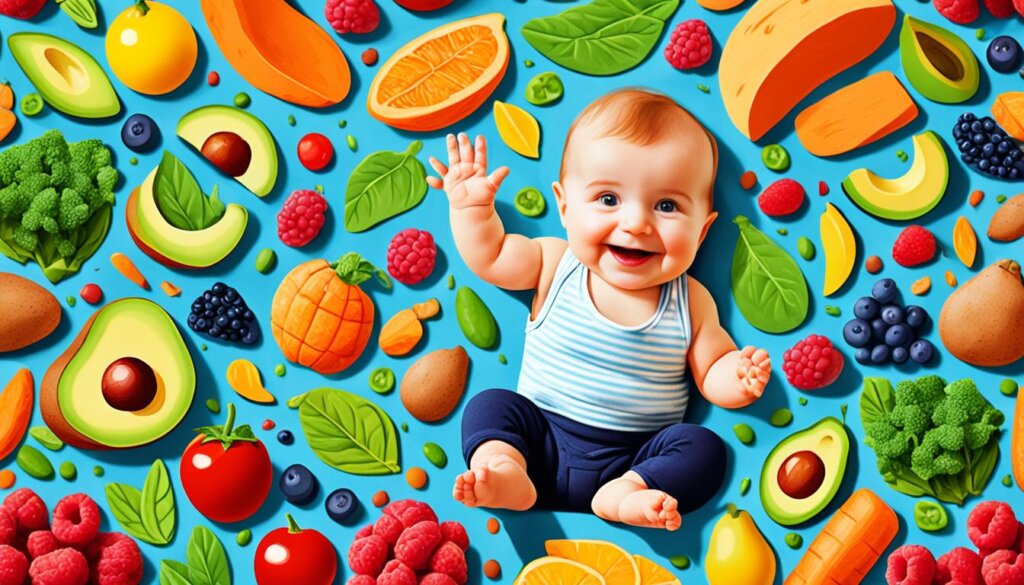
These simple tricks can up the fiber in your baby’s diet. This helps their digestion and overall health.
Fiber-rich foods for infants
Starting your baby on solid foods is a big step. Adding fiber-rich foods is great for their stomachs. While breast milk is best for the first six months, it’s time to introduce fiber as they grow. By the time your baby is one, they should be getting 5g of fiber every day. But, it might take a lot of tries before a baby likes a new food.
Thankfully, there are many tasty, fiber-packed foods to try. Lentils, quinoa, and carrots are some good choices:
- Lentils
- Quinoa
- Carrots
- Raspberries
- Ground sunflower seeds
- Artichokes
- Pears
- Avocados
- Beets
- Flaxseed meal
These foods not only have fiber but also important vitamins. The NHS says fiber makes babies feel full fast, which can reduce how much other food they eat. If a food says it’s a “source of fiber,” it has at least 3g of fiber per 100g. “High fiber” foods must have at least 6g per 100g.
Adding fiber-rich foods to your baby’s meals is good for their tummy. It also ensures they get a balanced and healthy start with eating.
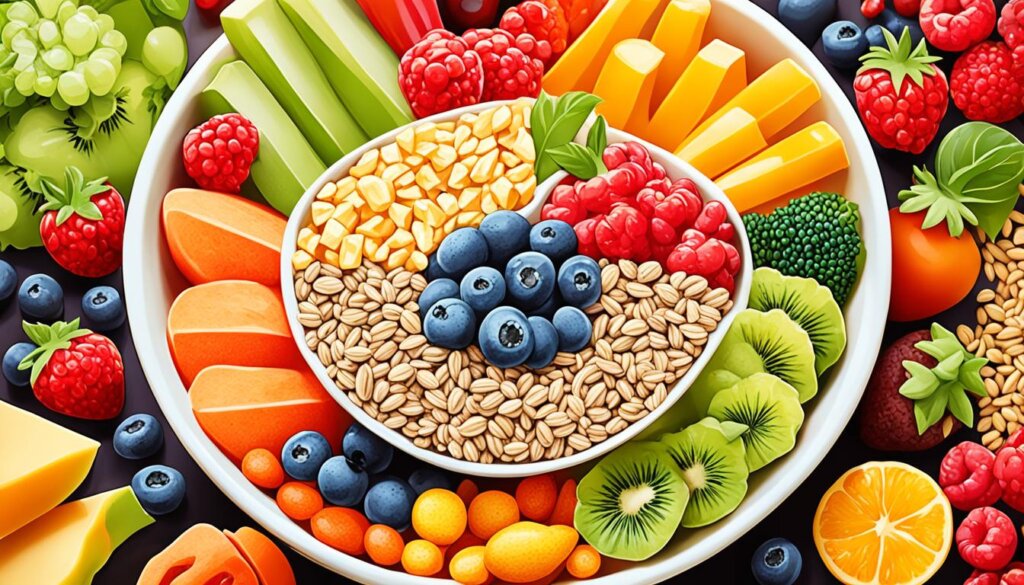
Food | Fiber Content |
|---|---|
Lentils | 6-9.5 grams per half cup (cooked) |
Quinoa | 2-4 grams per half cup (cooked) |
Carrots | 2-4 grams per medium-sized vegetable |
Raspberries | 6-8 grams per cup |
Avocado | 9 grams per small fruit |
Beets | 2-4 grams per half cup (cooked) |
Flaxseed Meal | 2-4 grams per tablespoon |
Start with small amounts of fiber and increase slowly. This helps prevent tummy troubles. Many kids in the U.S. don’t get enough fiber. Using these fiber-rich foods is a good way to help your baby stay healthy.
Lentils: A Protein-Packed Fiber Source
Parents exploring solid foods for babies find lentils to be a star. These legumes offer plenty of plant-based proteins. They also are packed with fiber, perfect for young digestive systems.
At about 6 months old, babies can start with lentils. It’s more about the baby’s readiness than just the date. A 1/2 cup of cooked lentils has 3 milligrams of iron, great for 6-month-old starters. While iron from plants isn’t as easy to use, adding vitamin C helps babies absorb it better.
Lentils have antinutrients that might lower nutrient absorption, but cooking helps lower these. Each type of lentil has a bit different nutrients, but all are great first foods for babies. Lentils offer protein, fiber, and many vitamins and minerals. This helps babies eat well and start good diet habits.
For lentils, no need to soak them first. Cooking on the stove with 1 part lentils to 2 parts water is best for a natural taste. Yellow lentils take about 20-25 minutes, but red lentils cook in 5-7 minutes. Cooked lentils last 5 days in the fridge and can be frozen for a month. Their high fiber is good for soothing baby tummy troubles.
Early on, introducing many flavors and textures is key for healthy eating habits. Adding lentils to baby meals boosts their nutrition for growth and health.
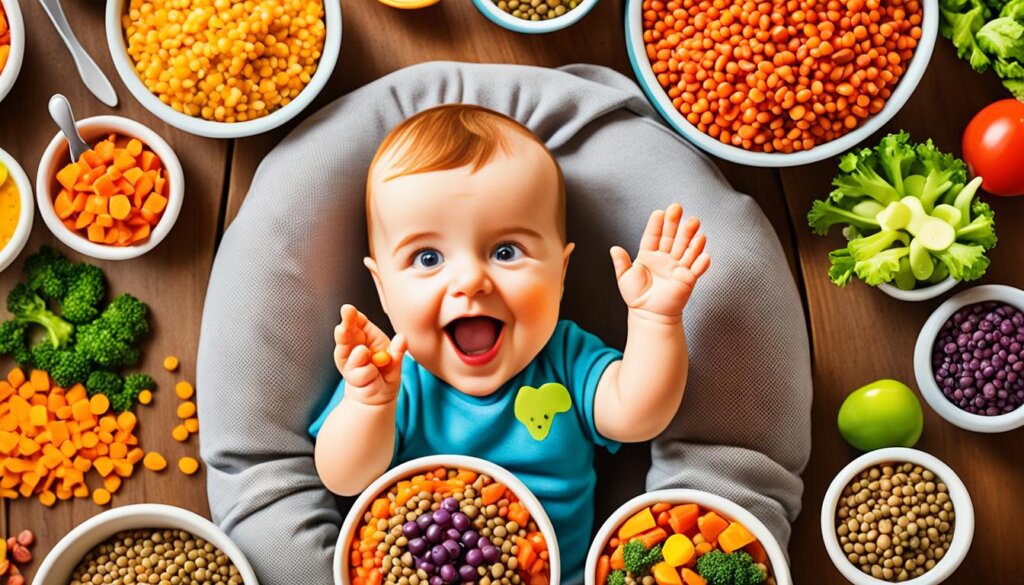
“Lentils are an excellent source of plant-based proteins, B vitamins, folate, and iron—a critical mineral for babies to get through food starting at 6 months.”
Quinoa: A Nutritious Whole Grain Option
Quinoa is a versatile and highly nutritious whole grain that’s perfect for your baby. These seeds are full of fiber, folate, and iron. These are important for your baby’s growth and health.
Introduce quinoa to babies at 6 months old. It’s an ideal first food. Being a plant-based protein, it has all nine essential amino acids. Quinoa also offers lots of magnesium, vitamin B6, and other important nutrients.
Preparing Quinoa for Your Baby
Rinse quinoa before cooking to remove saponin, which can taste bitter. To make quinoa baby cereal, boil it in water or low-sodium broth until soft, which takes about 20 minutes. You can keep the cereal in the fridge for three days. Or, freeze it for up to six months.
Have fun mixing quinoa with other baby foods. For a sweet breakfast, try quinoa with mango puree. For a dinner, mix it with cooked kale and feta cheese. There are many tasty options like Strawberry Quinoa Cereal and Sweet Potato Quinoa Cereal.
Quinoa adds nutrients and variety to your baby’s meals. It helps keep them healthy and happy.
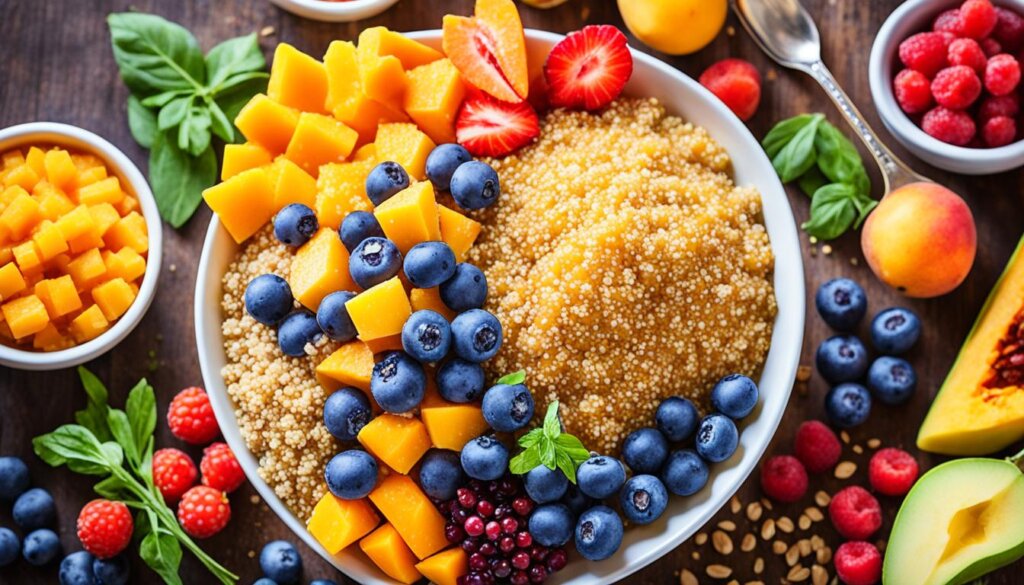
Carrots: Vibrant Veggies with Fiber
Carrots are great for your little one’s diet. They have lots of fiber, vitamins, and minerals. These veggies are full of beta-carotene, vitamin B6, and potassium. They also have a lot of fiber to help your baby’s tummy.
You can start giving carrots when your baby is 4 months old. At first, puree them for a smooth, soupy texture. Then, as they get older, offer well-cooked, mashed pieces. For 10-12 months, try finely grated or roasted carrots. At 12 months, small, lightly steamed pieces are good.
To make carrots even sweeter, add a bit of cinnamon, nutmeg, or pumpkin spice. Your baby will love the new flavor.
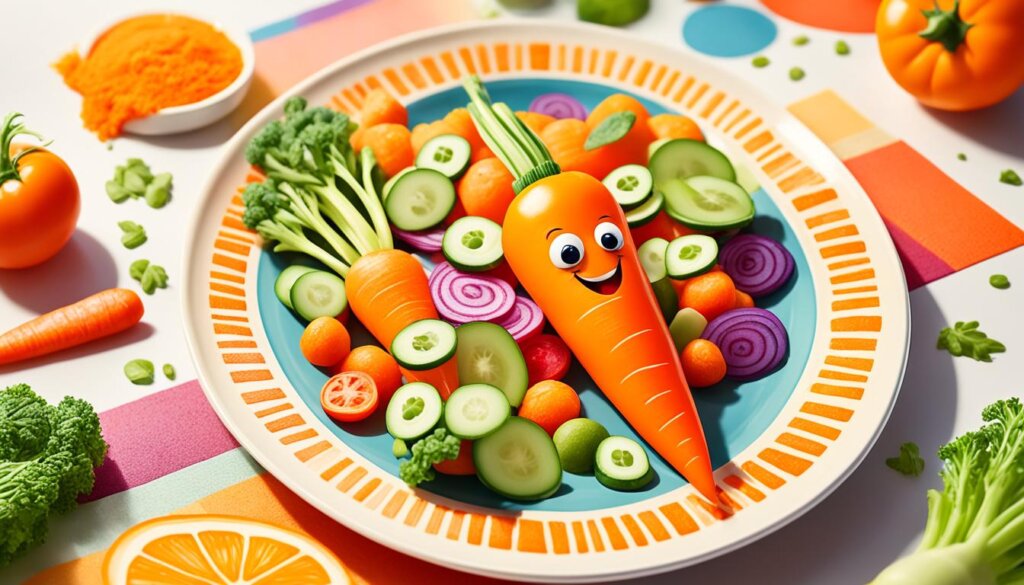
Always start introducing new foods with small bites. Watch how your baby reacts. If you worry about carrots in your baby’s diet, talk to your doctor. Carrots are colorful and full of fiber. They are a great choice as your baby starts eating solid foods.
Raspberries: Antioxidant-Rich Berries
Raspberries are a nutrition powerhouse, perfect for babies and toddlers. Just 10 raspberries hold 1.24 grams of fiber, which is a lot. This fiber helps keep digestion healthy, which is great for your little one.
They’re not just about fiber, though. Raspberries are full of vitamin C, perfect for boosting the immune system. Plus, they’re mostly water, so they help keep your baby hydrated. Babies and toddlers love their soft texture and can easily munch on them or you can mix them with other foods.
You can serve raspberries fresh or frozen, both are good for your baby. Frozen raspberries are simple to use; just let them thaw. Their bright color and sweet taste make them a fun, healthy choice for your baby.
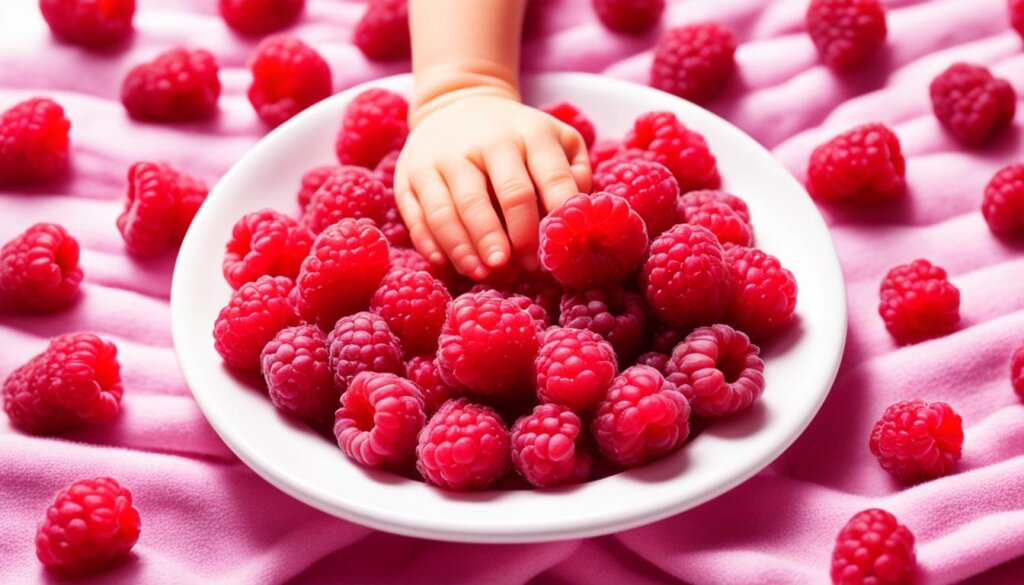
“Raspberries are rich in fiber and ellagic acid, making them a nutritious and versatile choice for infants and toddlers.”
Ground Sunflower Seeds: A Nutty Fiber Boost
Sunflower seeds are packed with nutrients that help infants grow strong. They have immune-boosting zinc and are full of antioxidants. These qualities make them great for babies. To make them easier for infants to eat, grind the seeds into a fine powder. You can add this powder to soups, purees, and cereals.
Roasted sunflower seeds can also be blended into a smooth butter. Pair it with diced pears for extra fiber and to explore new tastes and textures. Eating sunflower seeds five times a week can lower inflammation. It also reduces the risk of chronic diseases.
One serving of sunflower seeds has 3.9 grams of fiber. They are also rich in vitamins and minerals like vitamin E and zinc. Adding ground sunflower seeds to your baby’s meals brings a nutty flavor. Plus, it adds healthy fiber. This makes sunflower seeds an excellent choice for your baby’s health.
Artichokes: A Surprising Fiber Powerhouse
Artichokes might not seem like baby food, but they’re packed with nutrients. They’re great for fiber and safe for babies starting at 6 months. Just a quarter cup of canned artichoke hearts has 2.4 grams of fiber. Artichokes also give babies important nutrients for their blood and brain.
Using artichokes for babies is easy and smart. Canned artichoke hearts, when rinsed, can be blended with garlic and chicken. This creates a yummy puree that’s full of fiber. Artichokes are mild and smooth, which makes them a good way to start introducing unique flavors. They also help increase fiber in your baby’s diet, which is crucial during early life.
Recent data shows something interesting. More than 90% of Americans don’t get enough fiber. This is below the daily targets of 25 grams for women and 38 grams for men. Giving your baby fiber-rich foods, like artichokes, is a great way to build healthy eating habits. It prepares them for a life with good digestion and health overall.
Besides being high in fiber, artichokes have more benefits for your baby. A medium-sized artichoke has 7 grams of fiber. This makes them important for a diet focused on fiber, including prebiotic fiber and antioxidants. Adding artichokes to your baby’s food can help their digestion, increase nutrient absorption, and boost their health from a young age.
So, don’t overlook artichokes in your baby’s food. They’re rich in fiber and many nutrients. These powerful vegetables can be both tasty and healthy for your little one.
Pears: Prebiotic Fiber for Gut Health
Pears are great for babies and young kids because of their sweet taste and high fiber. A quarter cup of cubed pears has 1.2 grams of fiber. This fiber is good for their stomach and helps the healthy bacteria in the gut.
The fiber in pears feeds the good bacteria in your baby’s stomach. This keeps a good mix of bacteria in the stomach. It’s important for staying healthy, helping the body use food, and even growing a strong brain.
Creative Ways to Serve Pears
Ripe pears are perfect as first foods for babies and as snacks for toddlers. You can cut them in many ways, like slices or fun shapes, to make them fun to eat. Pears go well with root vegetables, making a meal that’s full of vitamins and fiber.
You can mix pureed pears with eggs for a fast, healthy snack. This snack is full of fiber, protein, and good fats. It will help your child grow strong and healthy.
Adding pears to your baby’s meals is easy and good for their stomach. Pears are sweet and mix well with many foods. Your little one will love them.
“Pears are a gentle laxative due to their natural sugars, making them a great choice for supporting digestive health in babies and young children.”
Avocados: Creamy and Fiber-Filled
Avocados are a superfood for babies, full of must-have nutrients. They’re a great first food when babies start eating solids at around six months. This tasty fruit is packed with good stuff. For every 100g, you get 160 calories, 8.53g of carbs, 6.7g of fiber, 2g of protein, and 14.66g of fat. Also, they give more potassium than a banana.
They’re also loaded with vitamins B9 (folate) and E. With 81µg and 2.07mg of these per 100g, they’re key for a baby’s growth. Parents can even blend and freeze avocados to keep them fresh and handy. For the best ones, look for ones that are a bit soft when you press them.
Avocados can be cooked or mashed in many ways. Try grilling, baking, mashing them, or blending with water. They mix well with other healthy foods too. For example, mixing avocado and carrots makes a great, vitamin-rich meal for a baby.
It’s good to start babies on avocados at six months. They should make up about half of what a baby eats to get the good fats for their brain. Avocado is also much easier to serve than other fruits for little ones.
Avocado has many vitamins and minerals, including C, E, K, and B6, along with potassium and omega-3. This makes it perfect for helping babies grow and stay healthy. Plus, the fiber in it can keep them from getting constipated.
It’s best to feed babies avocado raw to keep all the nutrients. A ripe avocado is nice and smooth for purees, too. You can store avocado baby food in the fridge for 8 hours or freeze it for up to 3 months.
Avocado is suggested as a top choice for babies starting on solids. It’s packed with vitamins and minerals babies need and healthy fats. These fats help their bodies and are good for their heart.
Avocado puree can be mixed with lots of other baby foods. It’s very gentle on the stomach. You can even use frozen avocado puree once it’s thawed. This is a simple way to add nutrients to a baby’s meals.
And it’s not just for babies. You can make all sorts of foods with avocado. Like adding it to toast, making guacamole, and blending it in smoothies for everyone to enjoy.
Nutrient | Amount per 100g |
|---|---|
Energy | 160 kcal |
Carbohydrates | 8.53g |
Fiber | 6.7g |
Protein | 2g |
Fat | 14.66g |
Potassium | 485mg |
Vitamin B9 (Folate) | 81µg |
Vitamin E | 2.07mg |
“Avocado is recommended as a great first food for babies due to its exceptional nutritional profile.”
Beets: Vibrant Root Veggies with Fiber
Beets are great for babies because they’re rich in important nutrients and fiber. You can start giving beets to your little one at about 6 months old, once they’re eating solid foods. They’re full of fiber, folate, and other good stuff that’s very healthy for babies.
Beets come in different colors like red, yellow, and white. Each color has its own special nutrients. It’s rare for a baby to be allergic to beets. But, it’s best to feed them very small amounts at first. Make sure the beets are really soft and cut into small pieces to prevent choking.
Beet Pasta Sauce Recipe
Here’s a tasty idea for using beets with your baby: make a colorful pasta sauce. First, cook the beets until they’re soft. Then, blend them with olive oil, spices, and water to make the sauce. This sauce is great on pasta and packed with good nutrients.
Beets offer lots of fiber and other nutrients. They’re a healthy choice for your baby’s meals. Pick small or medium beets for the sweetest taste. You can keep cooked beets in the fridge for a few weeks or freeze them for up to three months.
Adding beets to your baby’s food is not just about nutrients. It also helps with digestion, thanks to the fiber. Beets are colorful and tasty. They can get your baby used to different flavors and support their health.
“Beets have lots of fiber, antioxidants, and other good nutrients. They’re really important for keeping the brain healthy.”
There are many ways to cook beets for babies. You can roast, steam, or use an Instant Pot. Beets are versatile. You can make purees, and finger foods, or combine them with other veggies and fruits.
Also, don’t worry if your baby’s pee or poop turns red after eating beets. It’s normal because of the beets’ color. Their bright color and nutrition make beets a wonderful choice for baby food.
Flaxseed Meal: A Versatile Fiber Addition
Flaxseeds are a powerhouse that must be part of your baby’s meals. These small seeds are full of fiber, omega-3s, and essential nutrients for your baby’s health and growth. You can easily use flaxseed meals to enjoy these benefits in your baby’s food.
Flaxseed meal is great for fiber. Two teaspoons offer almost 1.3 grams of fiber, helping babies have a healthy tummy. This fiber aids in keeping their digestion running well.
It’s not just about fiber, flaxseed meal also has ALA, a key omega-3 for brain and heart health. Flaxseeds bring antioxidants and many vitamins as well. These nutrients are crucial for your baby’s development and happiness.
When adding a flaxseed meal to your baby’s food, do it in moderation. For babies, 6-12 months, the limit is 1 tablespoon daily. For toddlers 1-3 years, the daily amount is 2 tablespoons. Starting with small amounts and increasing helps their body get used to fiber-superfood.
It’s easy to blend flaxseed meal into food your baby loves, like soft fruits such as bananas, mangoes, and avocados. This texture makes it easier for little fingers to pick up. You can also stir it into cereal, oatmeal, or yogurt. Or coat it on muffins or bread before baking.
Choose ground or milled flaxseed over whole seeds. The ground type is easier to digest and absorb. Whole flaxseeds can be a choking risk for babies. So, wait until they’re older and can chew well.
Flaxseed meal is an easy, meaningful choice for your baby’s diet. It brings fiber, omega-3s, and many nutrients to meals. Including it can greatly benefit your baby’s health and development.
“Flaxseed has been explored for its benefits in metabolic syndrome risk factors through systematic reviews of human intervention trials.”
Always talk to your child’s doctor before adding new foods, like flaxseed meal. With their advice and care, you can nourish your baby with this healthy ingredient.
Conclusion
Add plenty of fiber-rich foods to your baby’s meals. Good choices include lentils, quinoa, and raspberries. Such foods help with digestion and make your baby grow strong. They have both types of fiber, which are great for heart health and keeping blood sugar steady.
Start new foods one at a time. Watch for any allergies. Talk to a doctor if you worry about how much fiber your baby gets. Eating lots of fiber-rich foods early on is key. It helps your baby learn to eat well for life and stay healthy.
FAQ
Why is fiber important for infants?
Fiber helps infants have regular bowel movements and prevents constipation. It is in whole grains, fruits, and veggies. Fiber also lowers cholesterol and manages blood sugar.
How much fiber do infants and toddlers need?
Babies aged 1 to 2 need 19 grams of fiber daily. Children 2 to 3 should have 14 daily. Babies under 1 don’t have specific fiber needs, but it’s good for them.
What are the different types of dietary fiber?
Soluble and insoluble fiber are the main types. Foods like oats and beans have soluble fiber. Whole grains and apple skins are rich in insoluble fiber. Insoluble fiber helps in digestion and reduces heart disease risk.
What are some high-fiber foods for infants?
High-fiber foods for babies include lentils, quinoa, and carrots. Also, offer them raspberries, avocados, and more. These foods have fiber, vitamins, and minerals for growth.
How can I increase the fiber in my baby’s diet?
Increase fiber by choosing high-fiber cereals. Add wheat germ to meals and use whole wheat flour. Include beans, fruits with skin, and brown rice. Choose bread that is whole wheat or whole grain.

